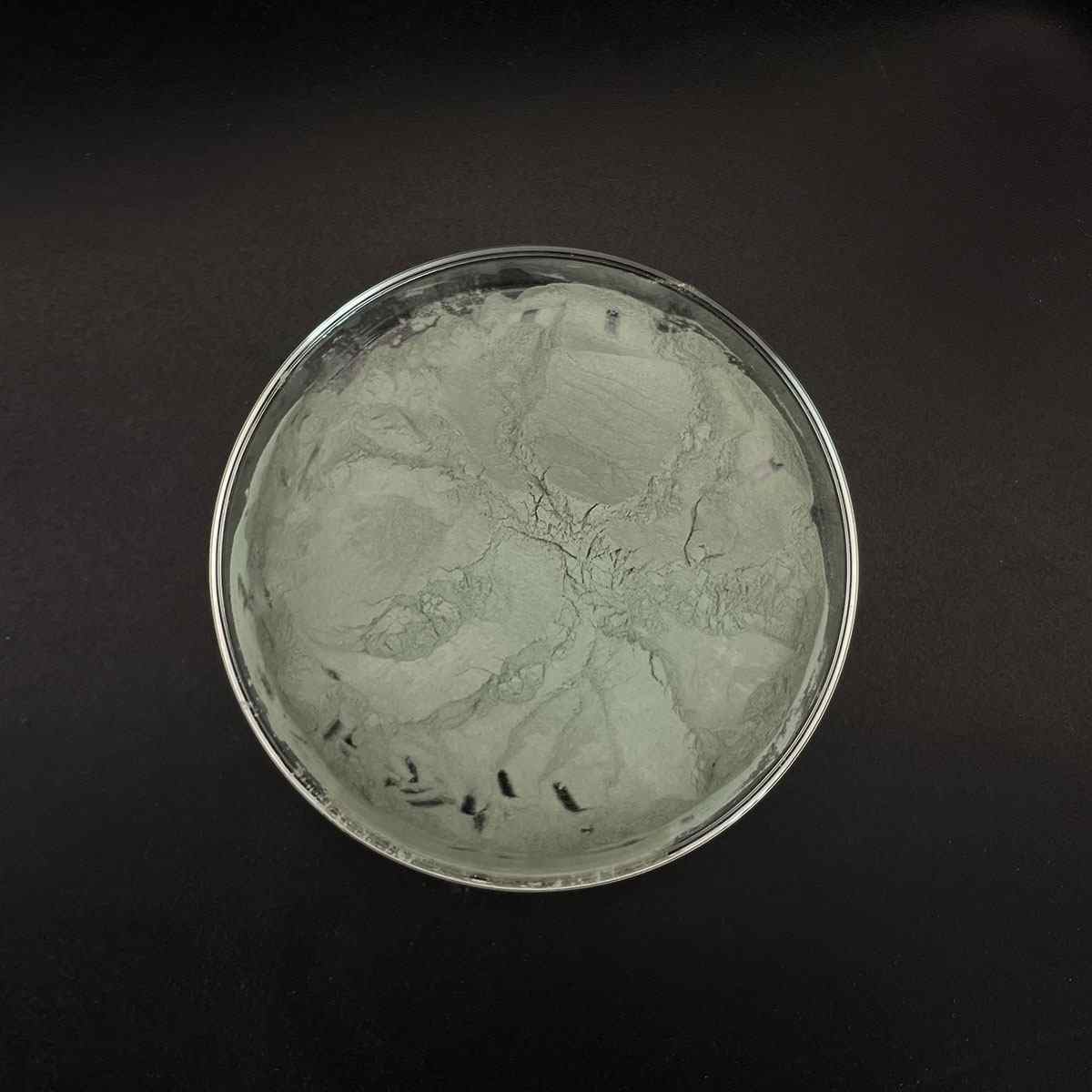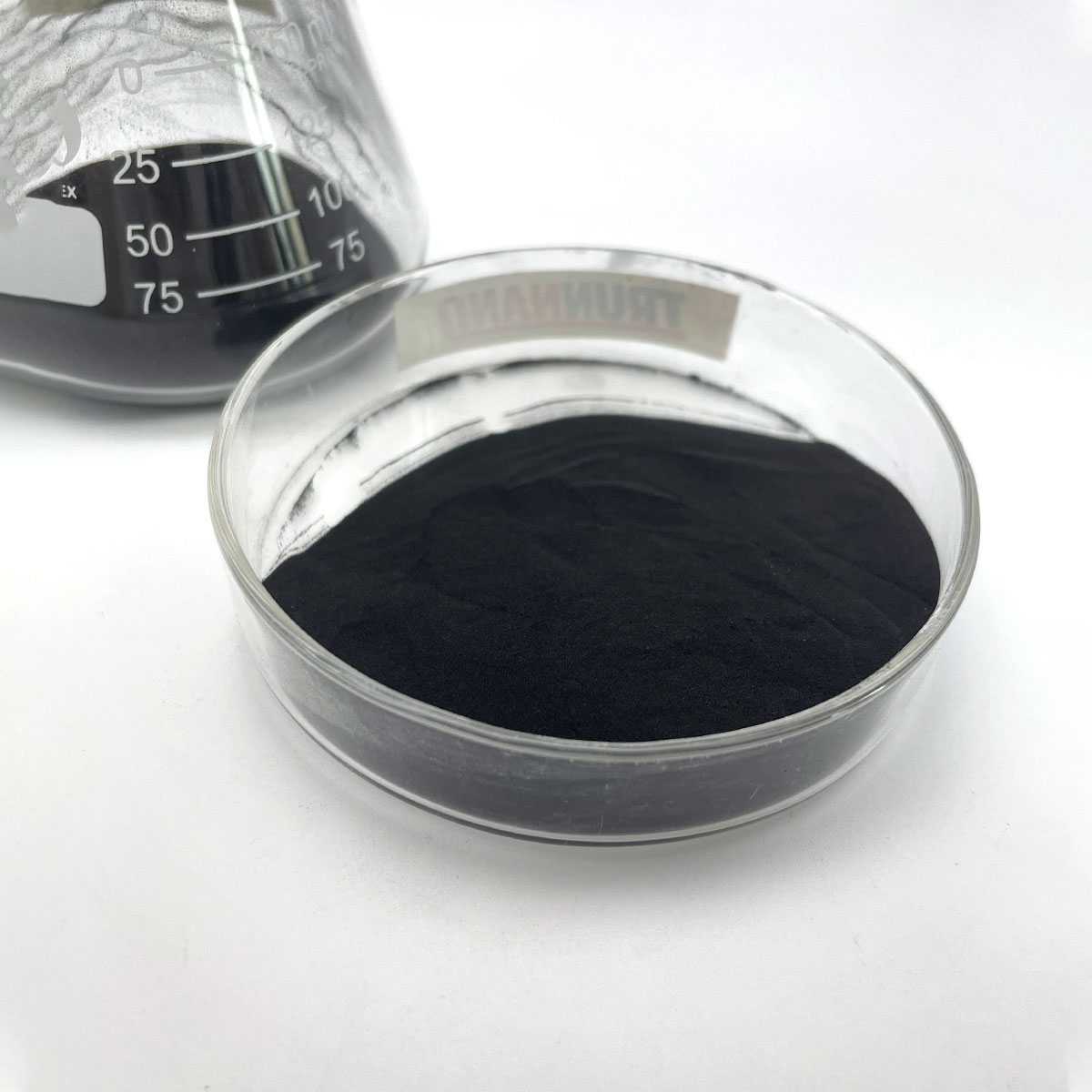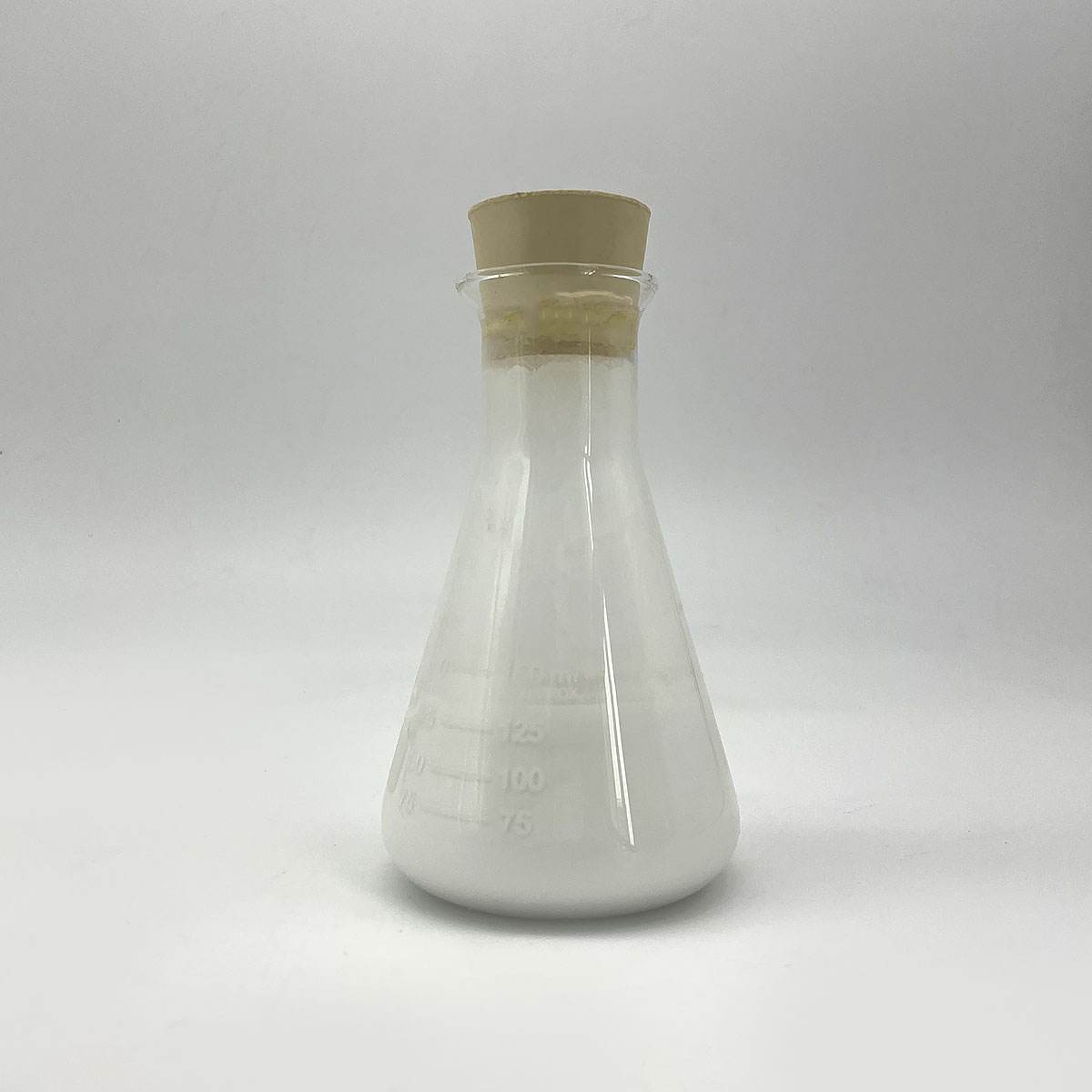Overview of Additive Manufacture Niobium Alloy 3D Printing C103 Powder
Metal powder is a common form of metal that has been processed into fine particles, ranging from a few micrometers to over 100 microns in diameter. It plays a crucial role in various industrial applications due to its unique properties and versatility.
Features of Additive Manufacture Niobium Alloy 3D Printing C103 Powder
Physical Characteristics
Particle Size: Ranging from nanometers to hundreds of micrometers, the size distribution significantly influences the powder’s flowability, packing density, and sintering behavior.
Shape: Particles can be spherical, irregular, flake-like, or dendritic, each shape affecting the final product’s mechanical properties and surface finish.
Purity: Depending on the production method, metal powders can achieve high levels of purity, critical for applications like electronics and aerospace where impurities can degrade performance.
Density: While less dense than their solid counterparts due to the presence of air between particles, metal powders can be densely packed during processing to approach the density of the solid metal.
Chemical Properties
Reactivity: Some metal powders, particularly aluminum and titanium, are highly reactive with air and moisture, necessitating careful handling and storage under inert atmospheres or vacuum.
Oxidation: Exposure to air can lead to surface oxidation, forming a passive layer that affects sintering and other processes. This can be managed through surface treatment or use of protective atmospheres.

(Additive Manufacture Niobium Alloy 3D Printing C103 Powder)
Parameters of Additive Manufacture Niobium Alloy 3D Printing C103 Powder
Additive Manufacturing, also known as 3D printing, has revolutionized the way we create complex geometries and components across various industries. One such material that has gained significant attention in this field is Niobium Alloy C103. This unique metal alloy possesses exceptional properties that make it suitable for a wide range of applications, from aerospace to medical devices.
Niobium Alloy C103, with its high strength-to-weight ratio, excellent corrosion resistance, and superconducting capabilities, is particularly attractive for 3D printing. The process of 3D printing with this material involves the use of powders, specifically the C103 powder, which is then melted layer by layer to build the final part. Here, we delve into the key parameters involved in 3D printing Niobium Alloy C103 powder.
1. Particle Size and Shape: The C103 powder typically consists of spherical particles, ranging from 20 microns to 50 microns in diameter. Smaller particle sizes lead to better surface finish and higher print resolution, while larger particles can result in faster print times. However, achieving uniform distribution and flowability is crucial for successful deposition during the printing process.
2. Porosity Control: Niobium alloys like C103 can be susceptible to porosity when printed, which may affect mechanical properties. Controlling the gas content and sintering parameters is essential to minimize porosity during the consolidation stage, ensuring a dense and strong final product.
3. Laser Power and Speed: The laser or extruder used in 3D printing must be carefully calibrated to match the material’s melting point (around 2700°C for Niobium C103). Adjusting the power and speed allows for precise control over the molten pool, affecting the layer adhesion and overall print quality.
4. Infill Density and Pattern: The choice of infill pattern and density significantly impacts the strength and weight of the final component. Dense infill structures provide better mechanical properties, but they consume more material and increase print time. Engineers must strike a balance between strength and efficiency.
5. Sintering Temperature and Time: After printing, the part undergoes a sintering process to consolidate the powder into a solid structure. The optimal temperature and duration vary depending on the specific C103 formulation and the printer’s settings. Sintering helps to improve the material’s properties and reduce internal stresses.
6. Post-Processing: Niobium alloys may require additional post-processing steps, such as annealing, to further refine the microstructure and enhance performance. These treatments can include heat treatment, grinding, or polishing to achieve the desired surface finish and functionality.
In conclusion, 3D printing Niobium Alloy C103 involves a combination of material properties, process parameters, and engineering considerations. Accurate control over factors like particle size, laser power, and sintering conditions is crucial to produce high-quality, functional parts that exploit the unique benefits of this alloy. As research and technology continue to advance, the potential for additive manufacturing with Niobium C103 is expected to grow, unlocking new possibilities in various industries.

(Additive Manufacture Niobium Alloy 3D Printing C103 Powder)
FAQs of Additive Manufacture Niobium Alloy 3D Printing C103 Powder
Inquiry us






